Vintage Road Trip Photos That’ll Make You Want To Hit The Open Road
With the widespread adoption of affordable cars, family vacations began to take on a new tone in the midcentury years. It no longer became necessary to book vacations long in advance, as it was possible to make an impromptu road trip to wherever the highway might lead.
Road trips are still a thing today, but there’s a certain magic surrounding these old-school road trips that’s impossible to recapture. From roadside attractions to motel pools, these images are bound to stir up some memories — and perhaps inspire a few new ones.
Road trips aren’t distinctly American.

It’s easy to view road trips as a distinctly American phenomenon, and indeed, many of the classic tropes of road trips — long stretches of highway, welcoming motor lodges, and quirky attractions — are more likely to be found in the United States.
While there’s less space and fewer open roads in Europe, this image of Limone sul Garda in Italy shows that European tourist towns were still connected to the various roads and motorways that crisscross the continent.
The beach is a top destination.
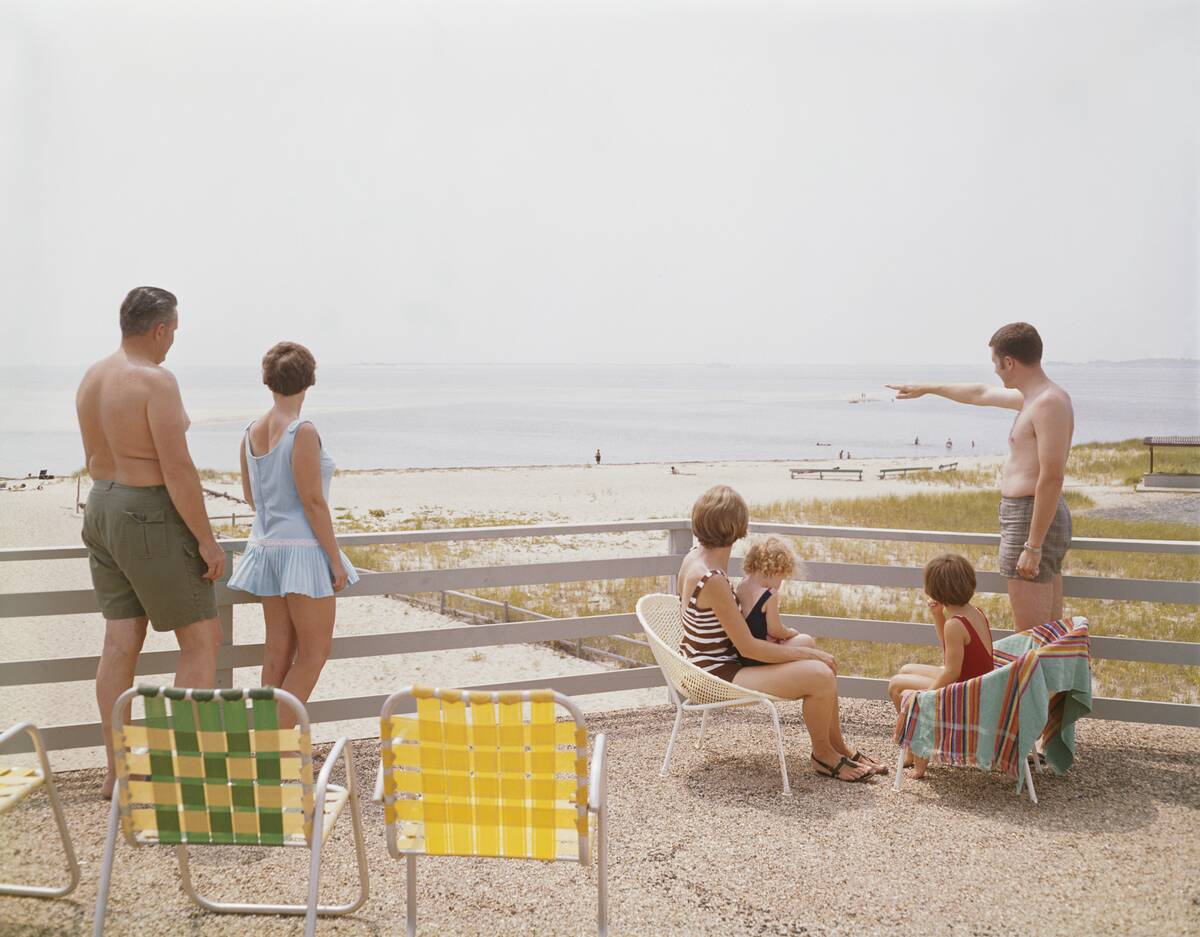
Not all Americans live close to a beach, but with the country ringed by two oceans plus the Gulf of Mexico, many Americans at least live within driving distance of a beach.
Naturally, these beach towns are only too happy to embrace tourists and their dollars, and the American interstate system made it easier than ever for families to get in their car and get to a beach within a couple of hours.
Motels sprung up to serve vacationers.
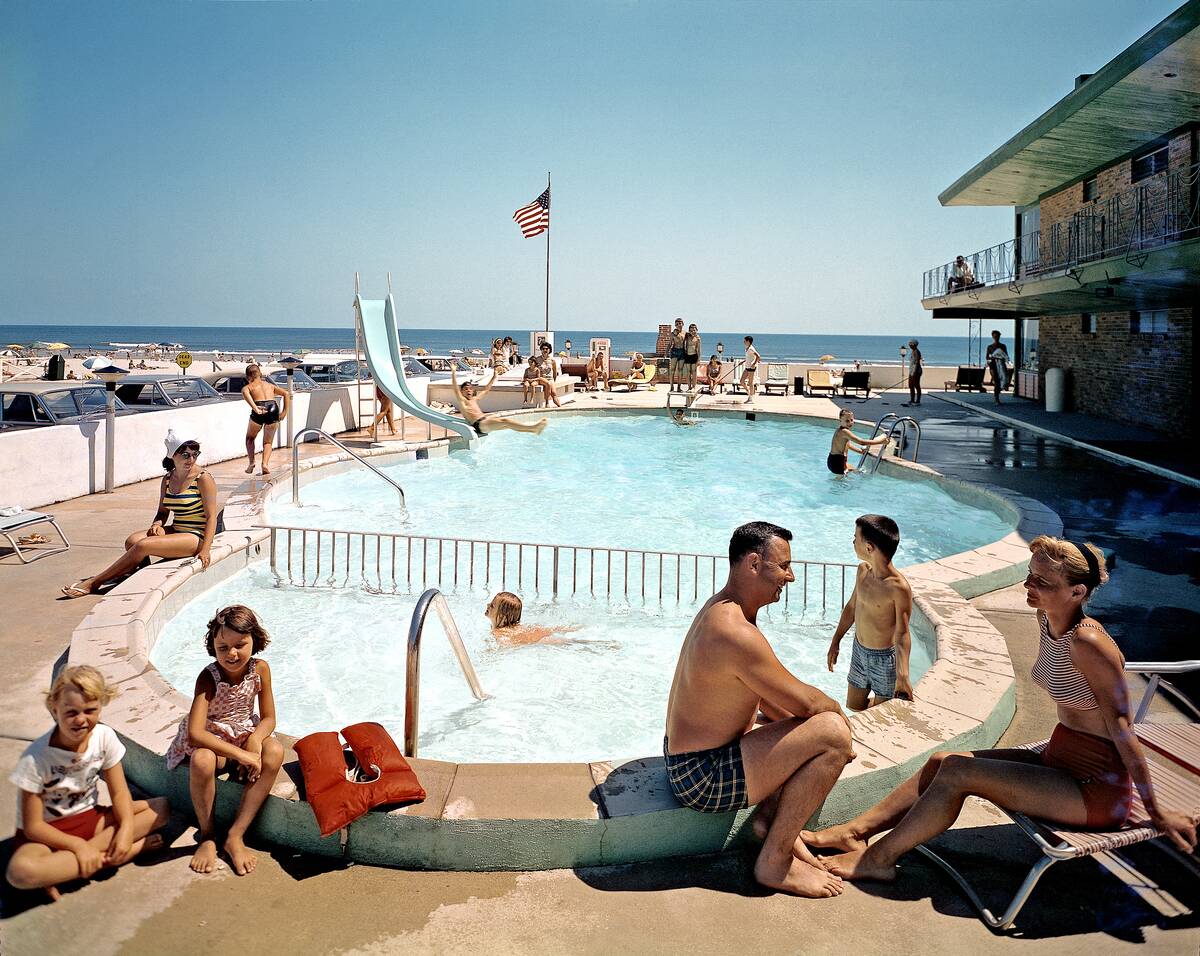
In the past, hotels and rooming houses were generally only found in population centers, but as cars gained in popularity, a distinctly American phenomenon sprang up: The roadside motor lodge, or motel.
These motels were not always located in a town or city, and were instead situated in a spot that would be convenient for road-weary travellers, generally close to a highway. As seen here, many motels offered amenities for families like swimming pools and free breakfast.
Woodgrain was everywhere.

Nowadays, wood panelling is generally associated with a rustic aesthetic, but in the midcentury years, it was practically the default wall covering.
This family is enjoying some rest and relaxation at the American Legion Mountain Resort in Tupper Lake, New York, sometime in the 1960s. The lodgings aren’t luxurious, but the room seems well-kept and incredibly cozy thanks to the aforementioned wood panelling.
There’s more than one way to do a road trip.
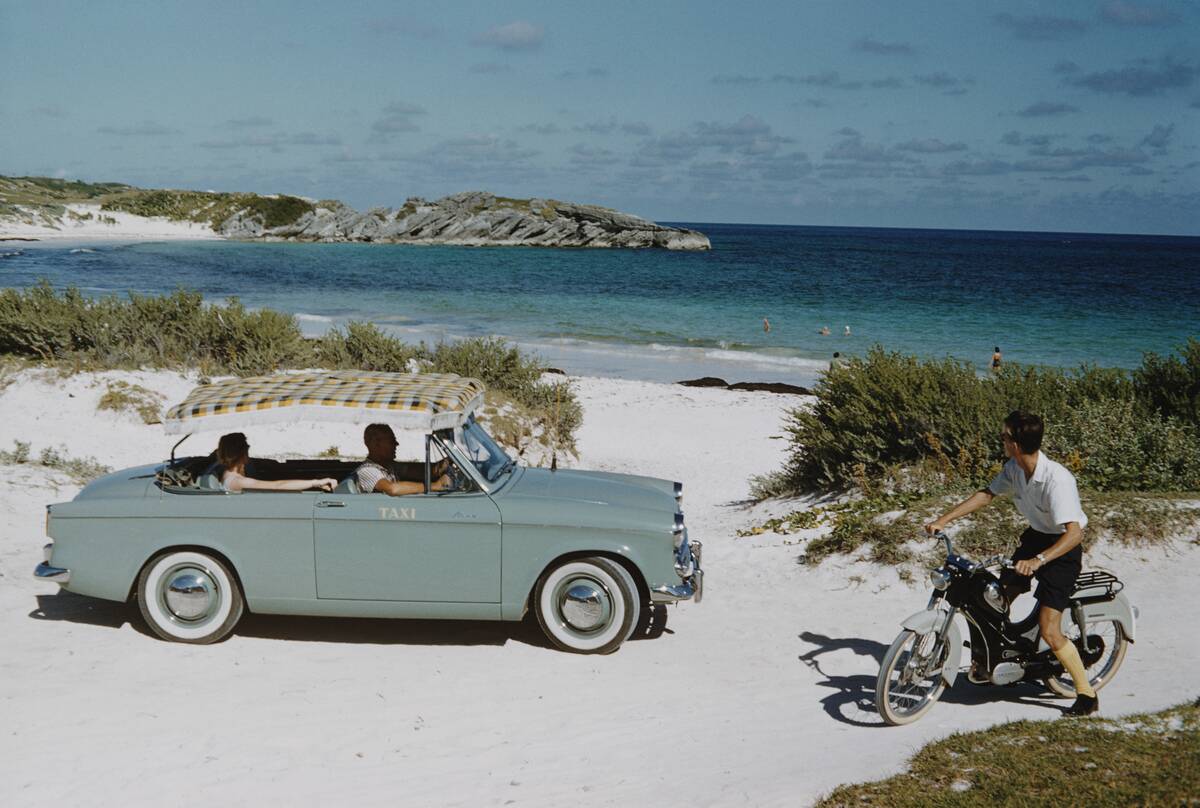
This image shows a taxi and moped pausing for a moment at Horseshoe Bay, Bermuda in 1960 or so. Mopeds became increasingly common in the 1960s, first in Europe, and then the rest of the world.
These conveyances didn’t do particularly well in cold weather climates and obviously couldn’t accommodate a big family — but for solo adventurers in the right conditions, a moped and a full tank of gas would have been all they needed.
Car picnics were a phenomenon.
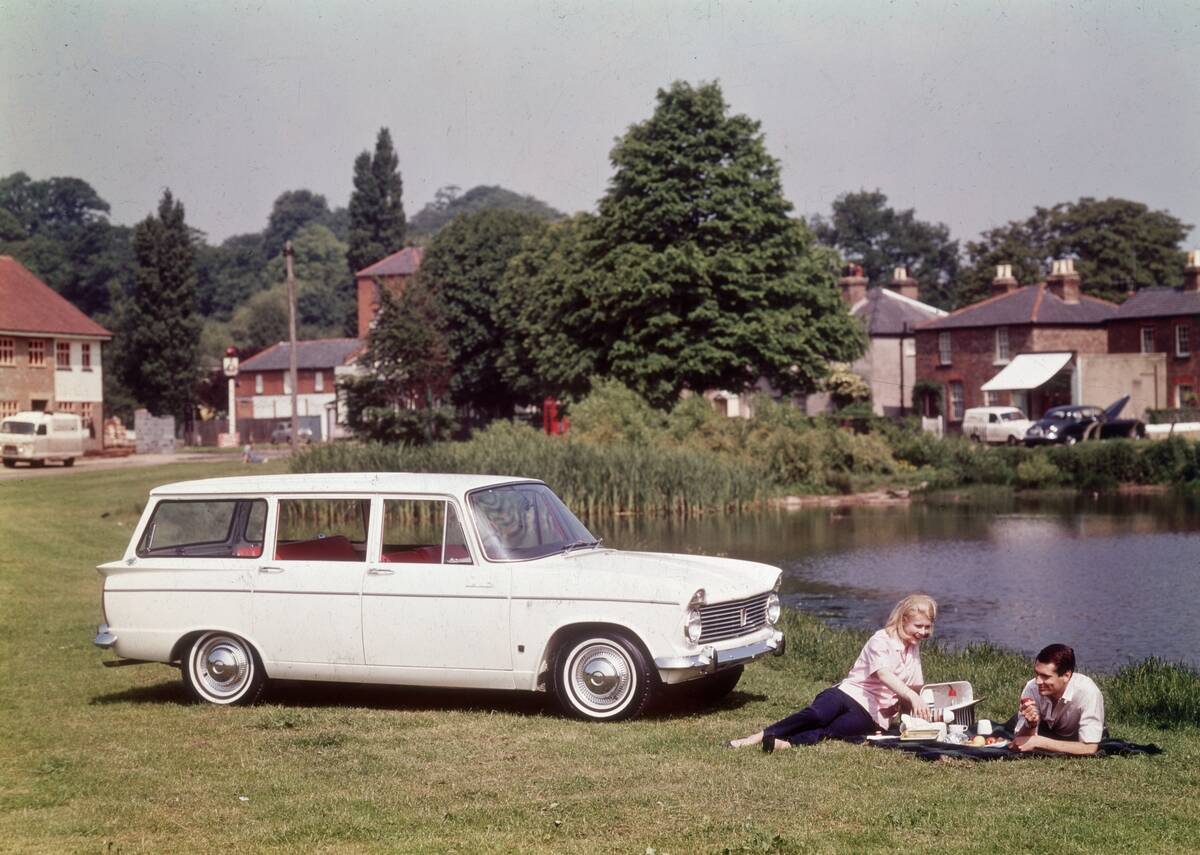
Cars gave families not just the means to travel easily to far-flung places, but also the ability to carry cumbersome supplies across those distances.
Given these circumstances, it’s only natural that many people used cars for picnicking. In many cases, like the example seen here, families would literally drive up to the very edge of their picnic space and simply unload their supplies from there.
There’s nothing like a summer cookout.
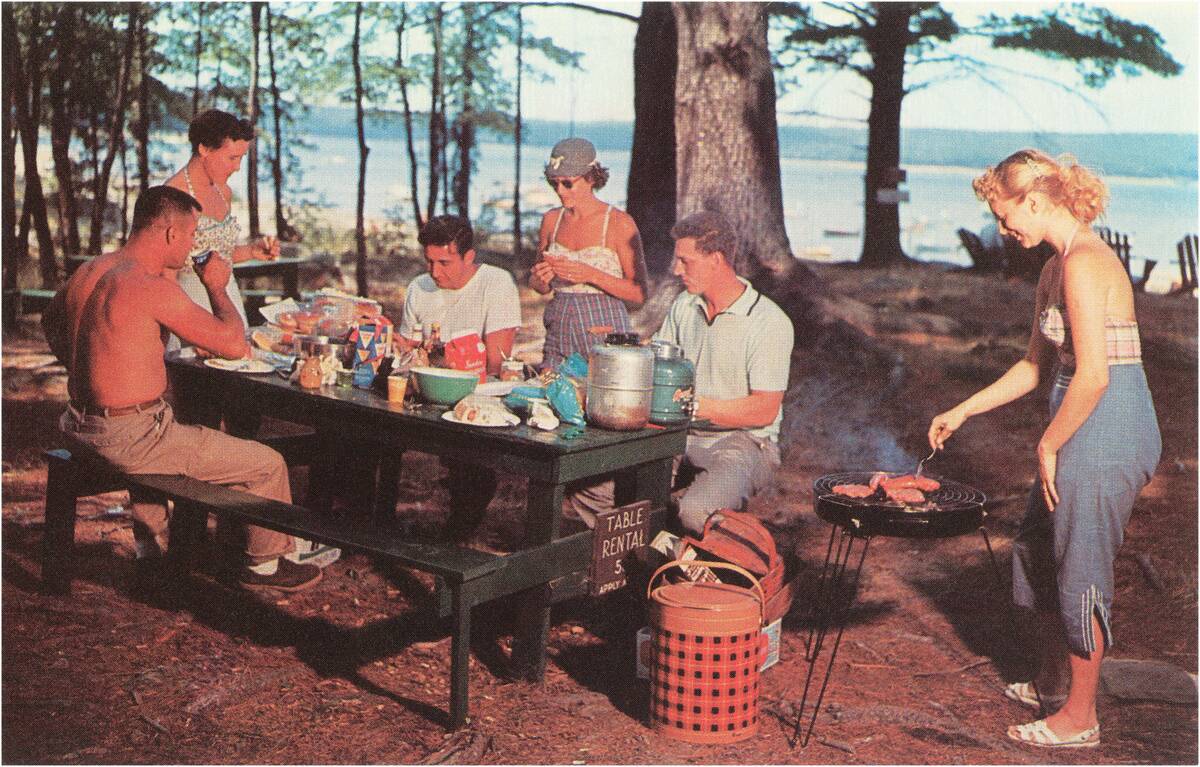
Whether you call it a barbecue or a cookout, the act of cooking up a delicious meal in the great outdoors is a timeless tradition — and road trips made it more accessible than ever before.
The fashions in this image place it firmly in the 1950s, but if you squint, it doesn’t look much different from a modern-day cookout — just a group of people fixing up a meal on a picnic table in the woods.
Camping became a cherished tradition.
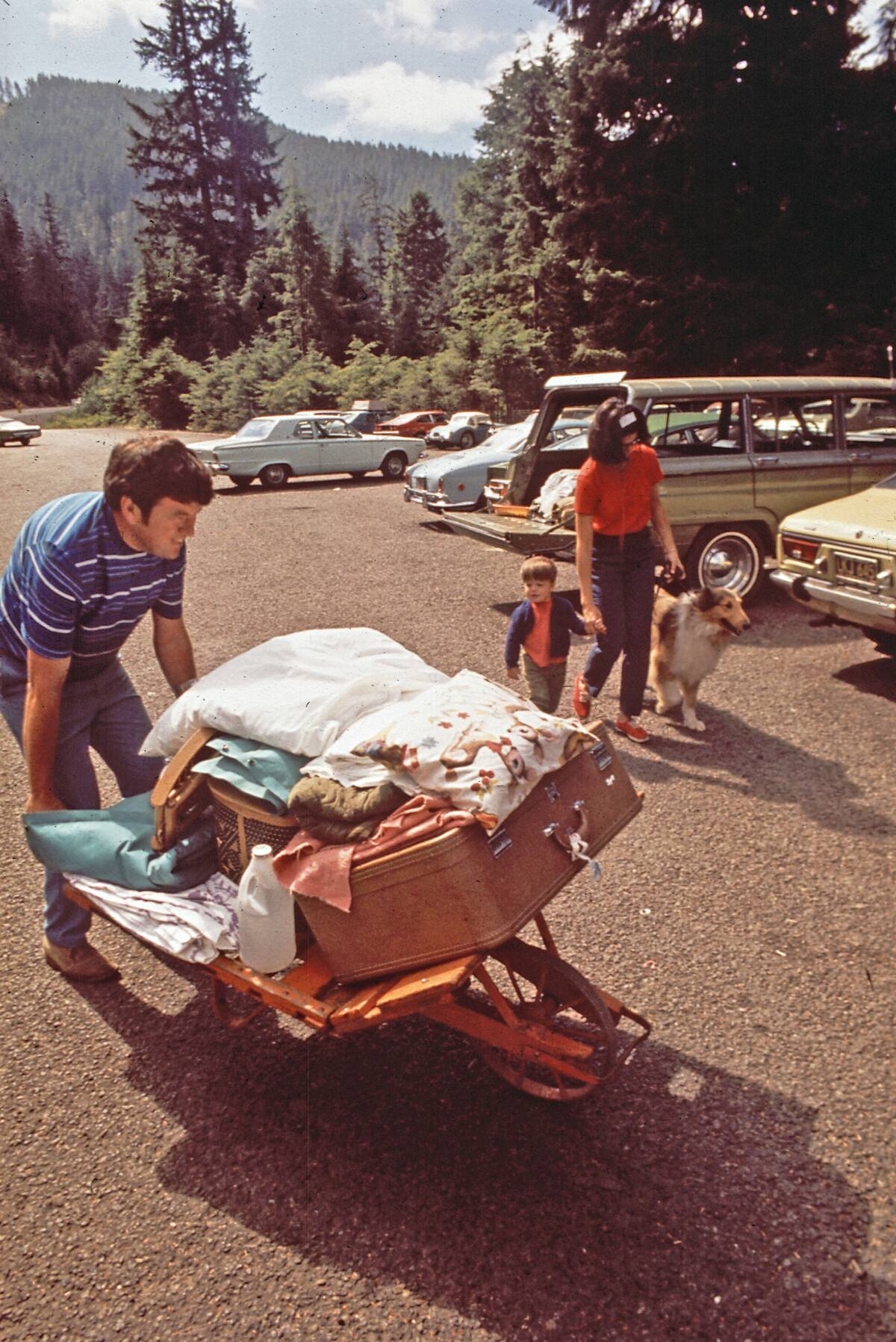
Camping trips carried an air of rugged, even dangerous, adventure in centuries past, largely because they were inherently dangerous. Road trips, on the other hand, turned camping into a leisurely activity for the whole family.
While the age-old camping complaints of bug bites, no air conditioning, and unpredictable weather will always be there, cars gave ordinary families an easy way to enjoy this activity.
Embarking on a grand tour.

While it’s safe to say that America revolutionized the concept of road trips in the 20th century, it’s also fair to state that Europeans invented the very concept centuries before.
Long before cars were invented, upper-class young Europeans would embark on something known as the Grand Tour to view all of the sites of the continent. This tradition flourished from the 17th through 19th centuries.
Some holiday resorts survived, others didn’t.
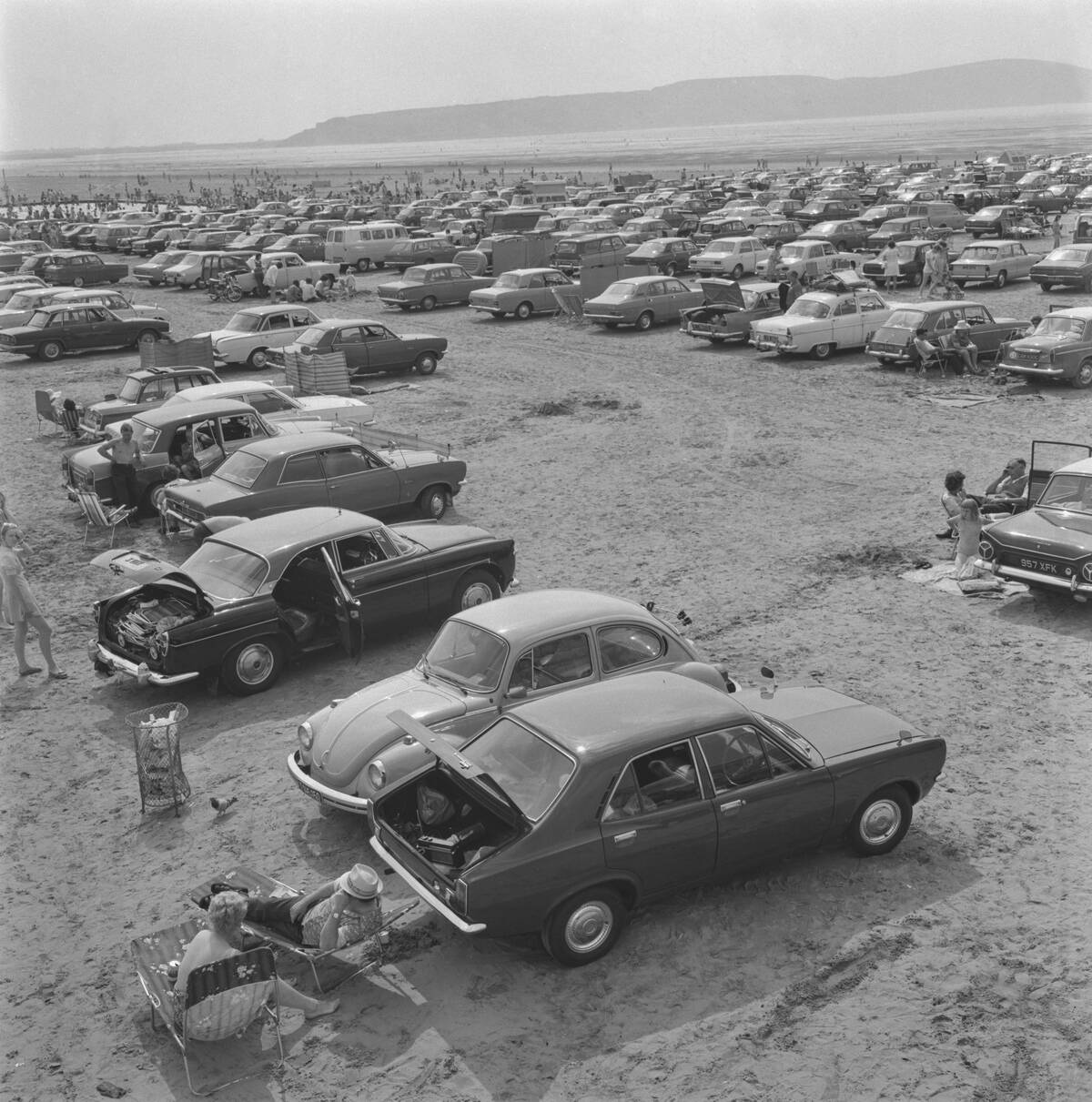
This 1973 image shows a busy day on the beach at Weston-super-Mare in the United Kingdom. In the U.K., seaside holiday resorts sprung up along coastlines in the 1950s, ’60s, and ’70s to serve the needs of vacationing families.
Sadly, many of these resorts were forced to close their doors in the decades to come as increasing numbers of Britons opted to fly to more exotic destinations.
Not all road trips looked the same.
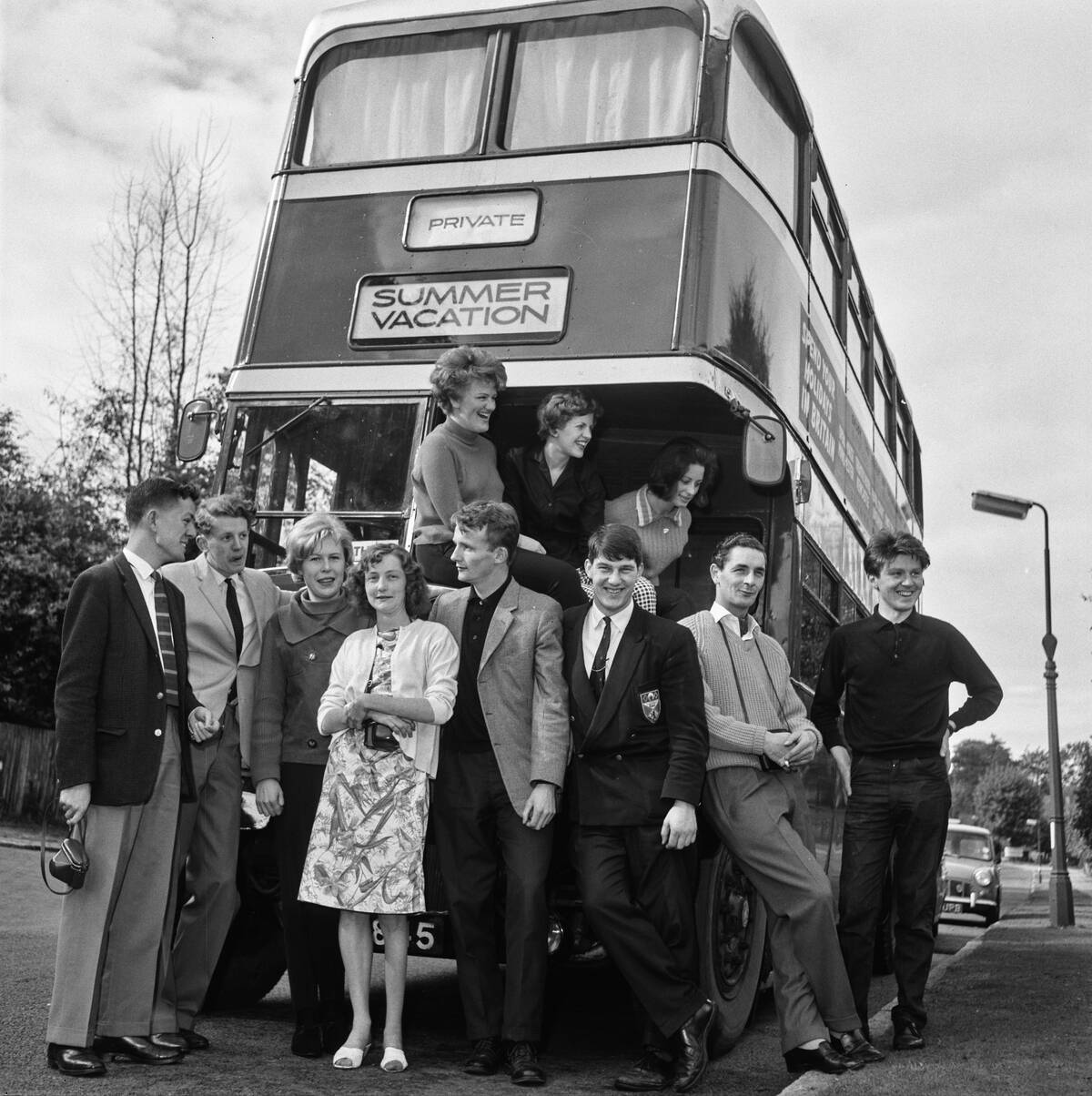
The quintessential image of a road trip generally involves a family loaded into a station wagon, but this picture shows a different kind of ’60s road trip.
A group of young people has bought and repurposed a double-decker bus to travel through Europe, to its final destination in Greece. In some ways, this is a precursor to the Volkswagen hippie buses that became popular later in the decade.
Lake Tahoe was a big highlight.
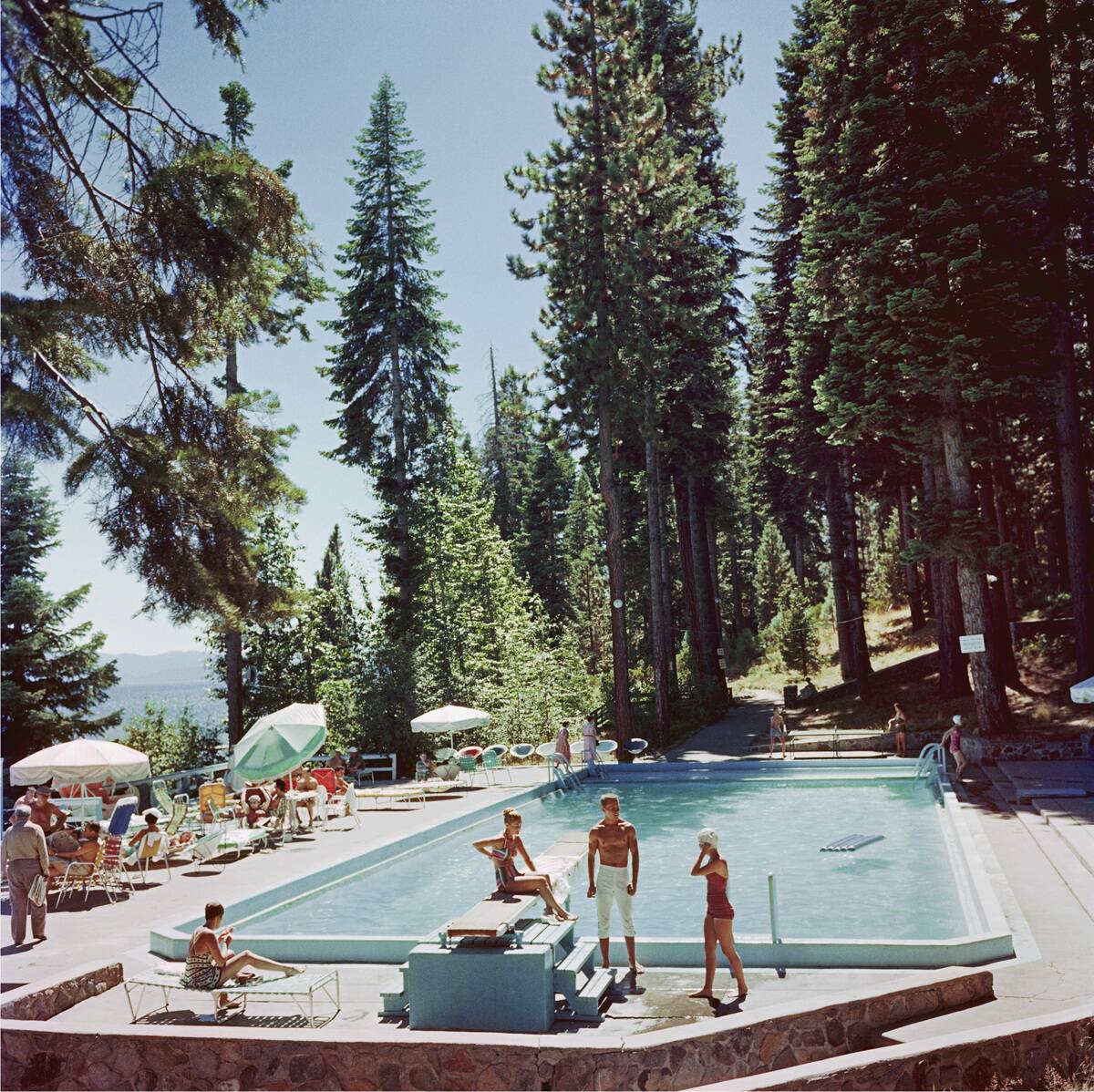
Lake Tahoe, which straddles the border between Nevada and California, came into its own as a destination for road trippers in the midcentury years.
In addition to its stunning natural beauty and calm waters, Lake Tahoe offered the additional benefit of legal betting — on the Nevada side, at least — which made it appealing for adults as well as children.
Fun could be found inland as well.
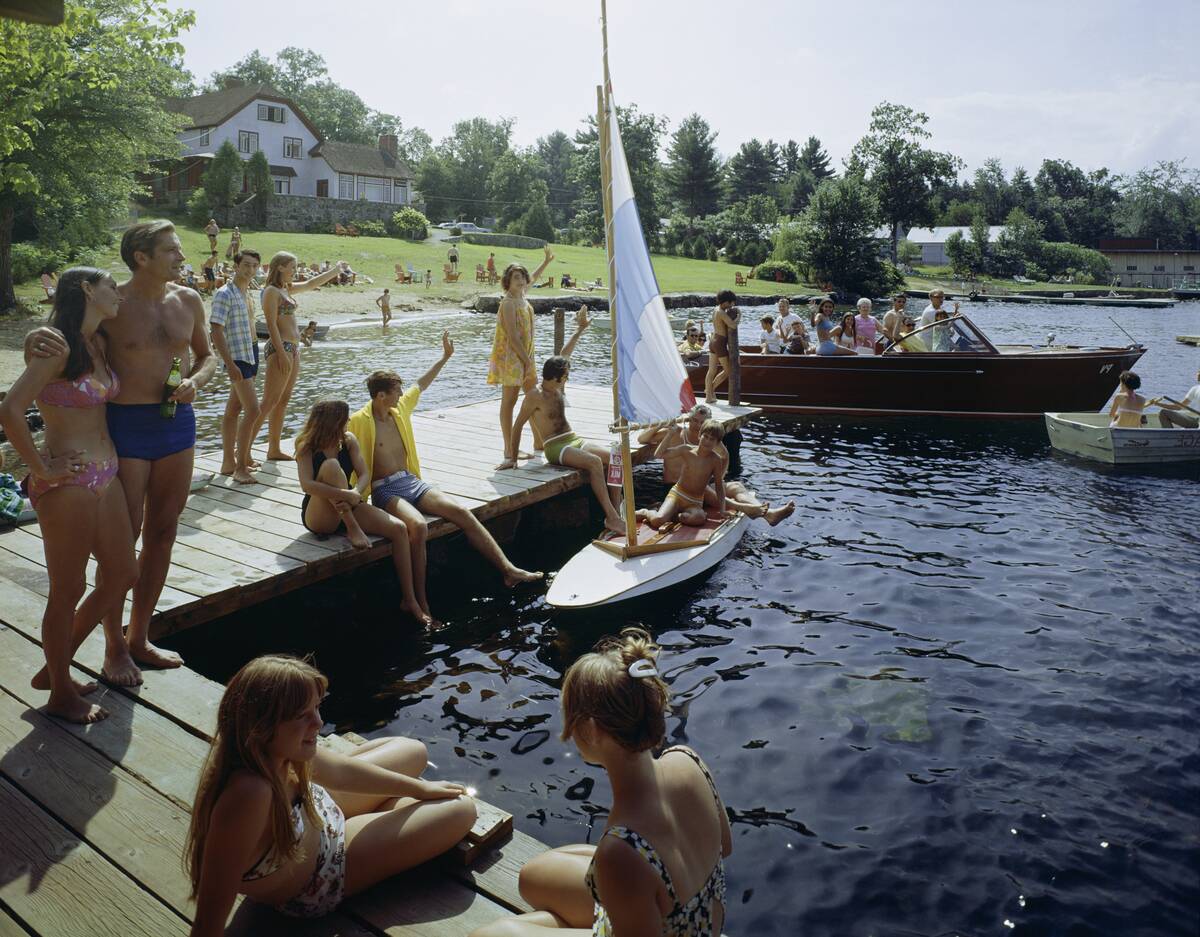
Saltwater beaches are a popular destination for road trippers, but for those who live in more landlocked locations, lakes are a decent substitute.
This image shows vacationers at Lake George, New York. While the region isn’t particularly far from the nearest ocean, it’s dotted with pristine lakes and as such became a prime spot for New Yorkers to escape the noise of the city.
Roadside attractions were all the rage.

Entrepreneurs found plenty of opportunity in serving the road trip market during the midcentury years. By buying up cheap land near a busy highway and converting it into some sort of attraction, it was possible to make a tidy profit.
This minigolf setup in Russells Point, Ohio, doesn’t look particularly noteworthy — but the buzz of activity shows that it was plenty attractive for people who’d grown tired of spending hours on the road.
Camping was mainstream.
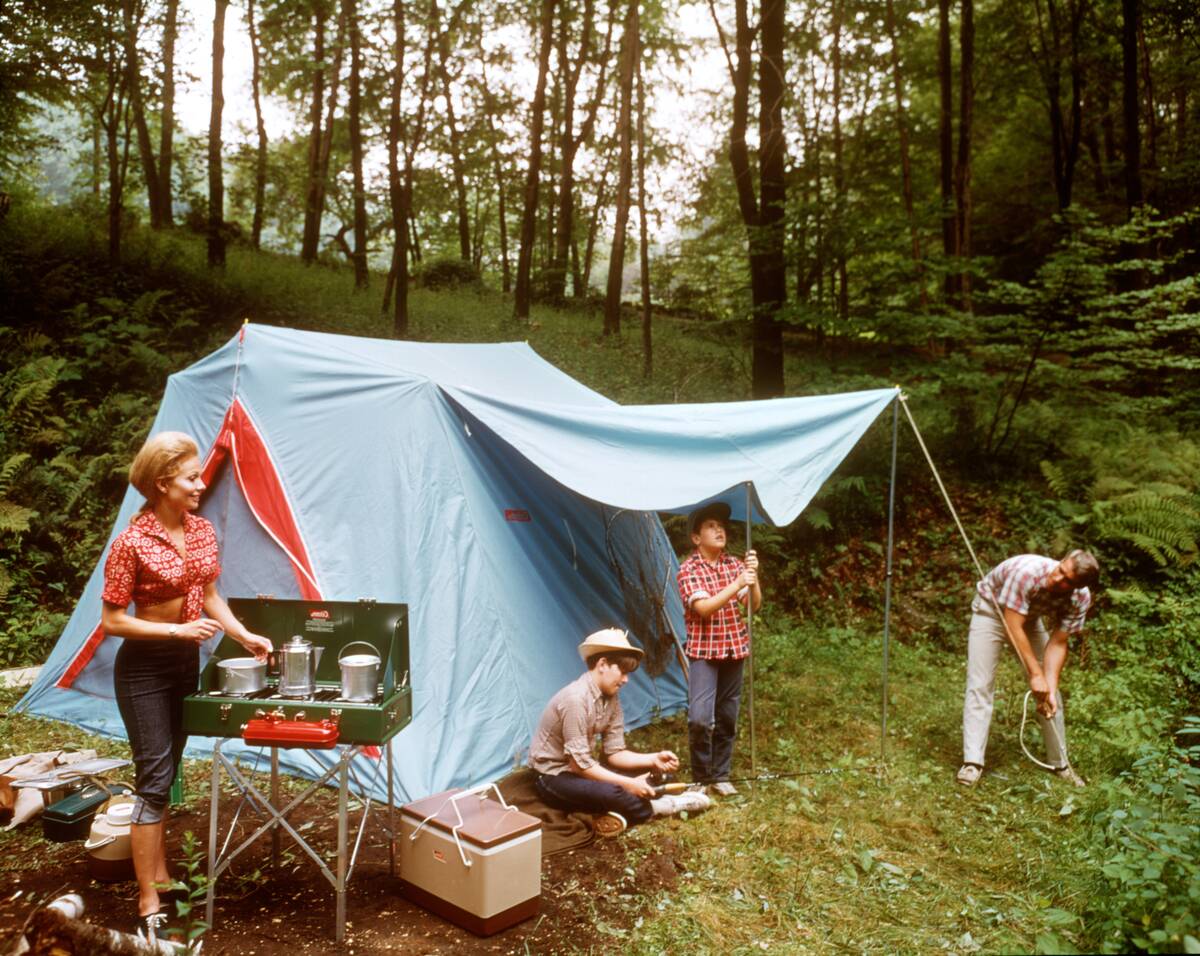
It wasn’t just cars that made camping an increasingly popular activity during these years — it was also the fact that new materials made camping gear more durable, affordable, and accessible than ever before.
Brands like Coleman led the way, making it possible for a family with zero knowledge of the great outdoors to fully outfit a camping trip with just a couple of visits to a sporting goods or department store.



